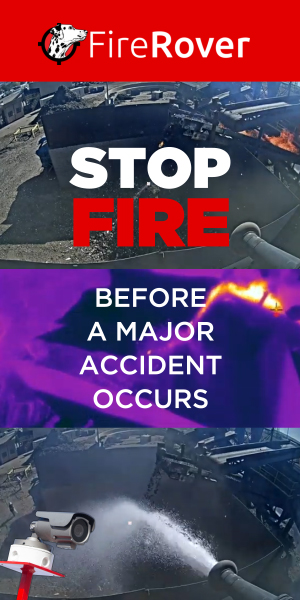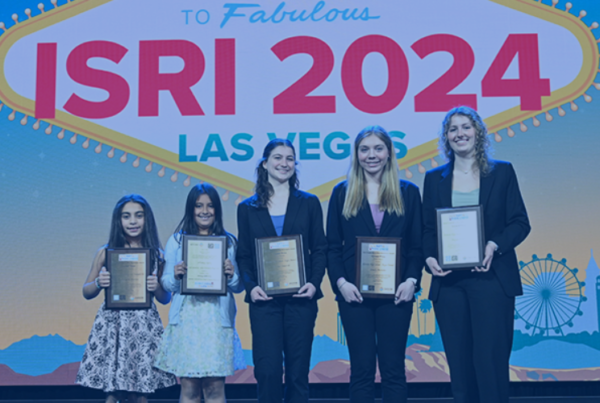Whether an organization has championed sustainability for decades or it is a more recent effort, the importance of sustainability cannot be overstated, and has arguably never been more crucial to an organization’s success.
“Our purpose is to create a world without waste to preserve our planet,” says Elise Gautier, chief risk and compliance officer at Sims Limited, during ISRI’s Sustainability: Benefits for Your Company and the Industry webinar on Aug. 25, which was moderated by ISRI’s VP of Sustainability, Cheryl T. Coleman. “That’s what guides every decision we make.” Sims Limited started documenting its sustainability journey four years ago when the company celebrated its one hundredth anniversary. When considering what would make the company successful for its next 100 years, Sims Limited sought to find its purpose as an organization and plan its legacy for the next century. The company determined that since sustainability is at its core, sustainability would have to play a major role in both its immediate and long-term future.
The sustainability journeys of Schnitzer Steel and Waste Management, respectively, started more than a decade ago for each company. After conducting a sustainability materiality assessment in 2008, Schnitzer Steel determined that it needed someone at a grassroots level to take on the challenge of building a sustainability program. Considered the backbone of reporting, a sustainability materiality assessment helps identify an organization’s most “material issues” and determine what should be reported. The process of identifying these issues involves reaching out to internal and external stakeholders to get their input.
The person charged with taking on this challenge turned out to be Robert Ellsworth. Initially a sustainability and energy intern for Schnitzer Steel’s Pick-n-Pull subsidiary in 2009, Ellsworth turned that internship into a career. Now the company’s Director of Sustainability, Ellsworth helped build the sustainability program from the ground up.
Waste Management started its environmental reporting in the 1990s, and began setting sustainability goals in 2007. As a publicly-held company, much of what Waste Management does becomes public, notes Susan Robinson, senior director of sustainability and policy at Waste Management. Over the years, the company has received a lot of positive feedback on its transparent reporting, which has been critical on its path to be a sustainability leader. “As we do our reporting and receive feedback, we take pride in it as a company. It’s really helped build our culture from the ground up,” Robinson says.
Sustainability and the Driving Force of ESGs
The panelists agreed that all parties, from investors to customers to employees, care about sustainability. They also discussed the link between sustainability and ESG (Environmental, Social, and Governance) criteria. ESG is an evaluation of a firm’s collective conscientiousness for social and environmental factors. It is typically a score that is compiled from data collected surrounding specific metrics related to intangible assets within the enterprise. Investors are increasingly applying these non-financial factors as part of their analysis process to identify material risks and growth opportunities.
The environmental component has always been a big focus for companies, Gautier says, because it was visible and impacted communities and how businesses were conducted. Governance, which relates to how a company runs and governs its business, has also always been at the forefront for organizations. The social aspect of ESGs has become increasingly important as a result of COVID-19, Gautier notes, as people have seen how a global health crisis affects society and businesses. The social component examines how a company manages relationships with its employees and the local community it is operating in.
Another important part of the social element of ESG is diversity. Diversity of thoughts and experiences can add “[sustainable]long-term value” to a company, Ellsworth says, by helping an organization to foster a more inclusive workforce and thus achieve greater productively and “get more done.” Employees are more engaged, which encourages them to stay with the company, and helps a company be more sustainable and prosperous well into the future.
Communities located near recycling facilities tend to be big stakeholders that care about sustainability. These communities are often dense, urban areas of the country that have traditionally been industrial for a long time. Engaging with these communities is extremely important, Ellsworth says. Keep the communities updated on your company’s efforts to mitigate and manage the environmental impact and why managing it is in your business’ best interests.
Robinson shared one of Waste Management’s experiences with a community located near the site of a potential new recycling facility. The company communicated with the community and took feedback and suggestions on some of the community’s concerns to make sure it would be a good neighbor. That experience, Robinson says, set the bar for how the company can do its part to be a good community partner to meet the S in ESG for operations in local communities.
‘It’s Everyone’s Job’
For an organization to have a successful sustainability program, there must be buy-in from the very top, Robinson says. Without that buy-in, any sustainability initiatives will fail before they have the chance to get off the ground. Once an organization has buy-in from its leadership, it should put somebody that’s passionate about sustainability in charge of leading the program. It’s also important to set goals that can serve as an organization’s North Star. “If you don’t have a goal, you’re not going to do anything. You’re not moving toward anything,” Robinson says.
While having someone leading the charge is important, sustainability isn’t the job of a sole individual. “At the end of the day, it’s everyone’s job to make sure that the company is thriving and limiting its impact on the environment and taking care of their employees and their communities,” Gautier says.
Ellsworth adds that sustainability as a field is maturing and thus becoming increasingly popular, so the potential talent pool to hire from is growing, not shrinking. “Sustainability is a growing field. There are lots of people who want to be doing this type of work because of how purposeful and positively impactful it can be,” he says.













